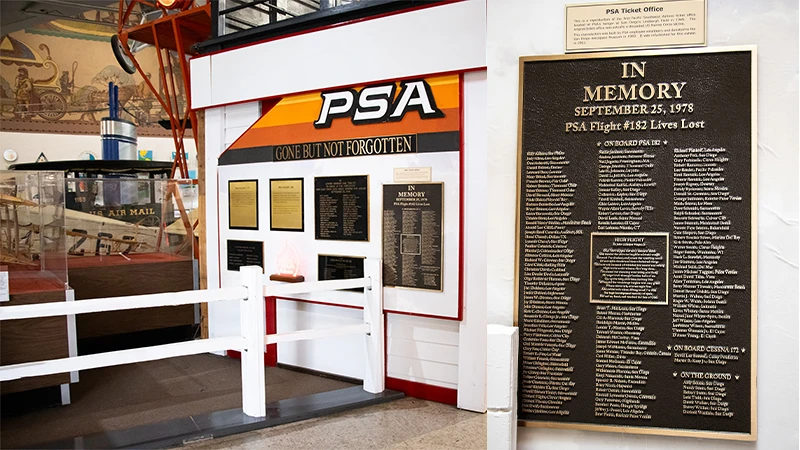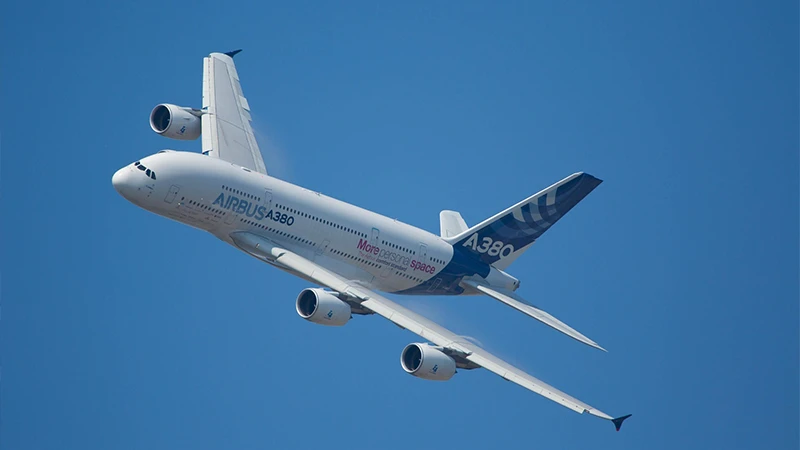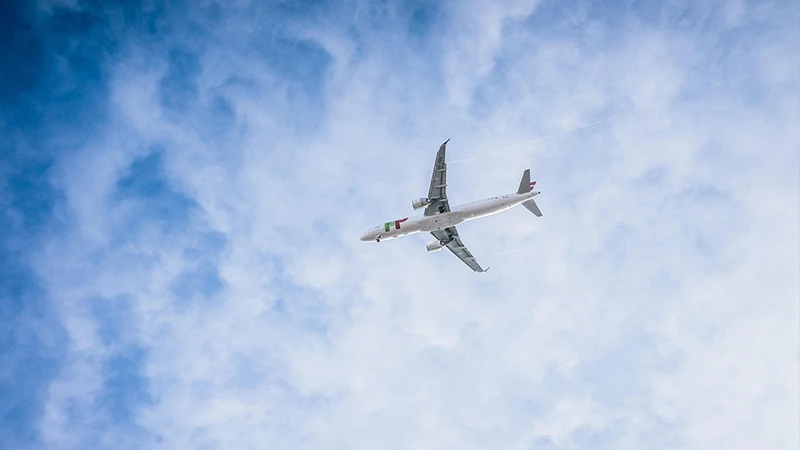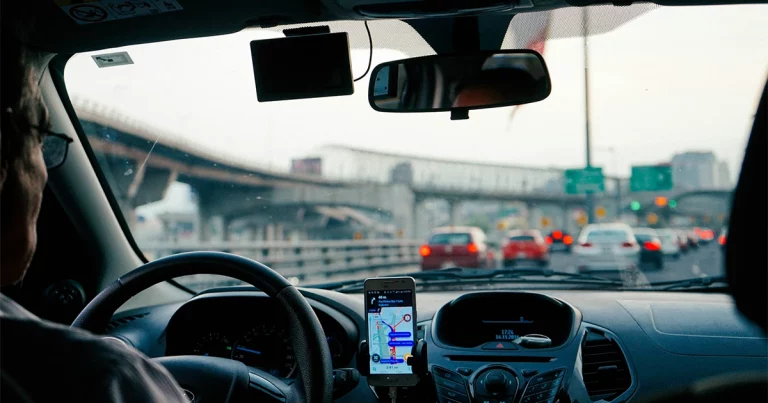California has witnessed some of the most tragic aviation accidents in U.S. history. These incidents have not only caused immense loss but have also led to significant changes in aviation safety protocols.
This article delves into the most catastrophic airplane crashes in California, analyzing the causes, consequences, and the lessons learned to enhance air safety.
📊 Table of California’s Deadliest Airplane Crashes
| Date | Flight Details | Location | Fatalities | Cause Summary |
|---|---|---|---|---|
| Sep 25, 1978 | PSA Flight 182 (Boeing 727) collides with Cessna 172 | North Park, San Diego | 144 | Mid-air collision due to pilot error and miscommunication |
| Jan 31, 2000 | Alaska Airlines Flight 261 (MD-83) crashes into Pacific Ocean | Near Anacapa Island | 88 | In-flight breakup caused by jackscrew failure |
| Aug 31, 1986 | Aeromexico Flight 498 (DC-9) collides with Piper Archer | Cerritos, Los Angeles County | 82 | Mid-air collision due to pilot error and air traffic control miscommunication |
| Mar 13, 1974 | Sierra Pacific Airlines Flight 802 (Convair CV-440) crashes into White Mountains | Near Bishop | 36 | Cause undetermined; remains one of the few unsolved aviation accidents (en.wikipedia.org) |
🧠 Analysis of Causes and Consequences
🛫 1. PSA Flight 182 – San Diego, September 25, 1978

- Aircraft Involved: Boeing 727-214 (PSA) and Cessna 172M
- Fatalities: 144 (135 aboard PSA Flight 182, 2 aboard Cessna 172, 7 on the ground)
- Survivors: 0
- Cause: Mid-air collision due to pilot error and miscommunication
- Compensation: Families of victims received settlements ranging from $200,000 to $1.4 million per case ([Los Angeles Times][1])
- Notable Facts:
- The crash occurred in the North Park neighborhood of San Diego, destroying 22 residences.
* The incident led to significant changes in air traffic control procedures and pilot training programs.
🛬 2. Alaska Airlines Flight 261 – Pacific Ocean, January 31, 2000
- Aircraft Involved: McDonnell Douglas MD-83
- Fatalities: 88 (83 passengers, 5 crew)
- Survivors: 0
- Cause: In-flight breakup due to jackscrew failure
- Compensation: Total settlements exceeded $300 million, with individual settlements ranging from $2 million to $20 million
- Notable Facts:
- The airplane crash occurred off the coast of California, near Anacapa Island.
* The incident prompted a reevaluation of aircraft maintenance protocols and led to stricter regulations.
🛩️ 3. Aeroméxico Flight 498 – Cerritos, August 31, 1986
- Aircraft Involved: McDonnell Douglas DC-9-32 (Aeroméxico) and Piper PA-28-181 Archer
- Fatalities: 82 (64 aboard DC-9, 3 aboard Piper, 15 on the ground)
- Survivors: 0
- Cause: Mid-air collision due to pilot error and air traffic control miscommunication
- Compensation: Aeroméxico paid full funeral expenses for all victims ([Los Angeles Times])
- Notable Facts:
- The airplane crash occurred in the suburban area of Cerritos, California.
* The incident highlighted the need for improved communication between pilots and air traffic controllers.
🛤️ 4. Sierra Pacific Airlines Flight 802 – White Mountains, March 13, 1974
- Aircraft Involved: Convair CV-440 Metropolitan
- Fatalities: 36 (32 passengers, 4 crew)
- Survivors: 0
- Cause: Undetermined; remains one of the few unsolved aviation accidents
- Compensation: The Wolper Organization, associated with the passengers, sought $5 million in damages.
- Notable Facts:
- The crash occurred near Bishop, California, in the White Mountains.
* The airplane crash remains one of the few unsolved aviation accidents in U.S. history.

🛡️ Safety Lessons and Recommendations
The airplane crashes have provided invaluable lessons in aviation safety:
- Enhanced Pilot Training: Emphasis on communication, decision-making, and emergency procedures.
- Improved Air Traffic Control Systems: Implementation of advanced radar and communication technologies.
- Stricter Maintenance Protocols: Regular inspections and maintenance of critical aircraft components.
- Thorough Investigations: Commitment to understanding the root causes of airplane crashes to prevent future occurrences.
🛡️ Air Travel Insurance: What You Need Before Flying
Flying is statistically very safe, but as California’s aviation history shows, accidents—though rare—can happen. Purchasing air travel insurance can provide peace of mind in case of unexpected events. Here’s what you need to know:
1. Types of Air Travel Insurance
| Insurance Type | Coverage Details | Typical Costs |
|---|---|---|
| Trip Cancellation / Interruption | Reimburses non-refundable costs if your trip is canceled or cut short due to illness, emergencies, or flight delays. | $50–$150 per trip, depending on length and price of trip |
| Travel Medical Insurance | Covers medical expenses if you fall ill or get injured while traveling, including in-flight incidents. | $40–$100 per week per traveler |
| Baggage Loss / Delay Insurance | Compensates for lost, stolen, or delayed baggage. | $20–$50 per trip |
| Accidental Death & Dismemberment (AD&D) | Provides financial compensation in the event of a serious injury or death during travel. | $30–$75 per trip |
| Flight Accident Insurance | Specifically covers fatalities or permanent injuries due to airplane accidents. | Varies widely; often $50–$200 per trip |
2. Key Considerations Before Buying Insurance
- Check Your Current Coverage
- Many credit cards and homeowner insurance policies include partial travel or medical coverage. Know what is already included to avoid duplicate insurance.
- Read the Fine Print
- Exclusions are common. Some policies may not cover pre-existing conditions or certain adventure activities.
- Understand cancellation terms, claim procedures, and documentation required.
- Consider the Airline and Flight Type
- Long-haul international flights or flights with connections may have higher risk factors.
- Low-cost carriers may not offer in-flight compensation for delays or missed connections.
- Purchase Insurance Early
- Buying insurance right after booking your flight ensures coverage in case you need to cancel for any reason.
- Emergency Contacts and Documentation
- Keep insurance policies, claim contacts, and necessary identification handy during travel. Quick access can save crucial time in emergencies.

3. Practical Safety Tips While Flying
Even with insurance, taking proactive safety measures is essential:
- Follow Crew Instructions: Flight attendants are trained to handle emergencies; pay attention during safety briefings.
- Stay Buckled During Turbulence: Injuries from turbulence are common, even in minor incidents.
- Keep Important Items Accessible: Medication, travel documents, and a phone should always be within reach.
- Understand Evacuation Routes: Familiarize yourself with exit rows and nearest emergency exits.
4. Takeaways
- Air travel is one of the safest modes of transportation, but preparation matters.
- Travel insurance can protect against financial loss, medical emergencies, and personal accidents.
- Combining insurance with practical in-flight safety awareness maximizes protection for you and your family.
🧭 Conclusion
California has witnessed some of the most heartbreaking airplane crashes in history, each one leaving behind stories of loss, courage, and change. Yet from these airplane crashes came powerful lessons—reminders that every safety improvement, every regulation, and every act of vigilance is driven by the hope of preventing such tragedies from ever happening again.






